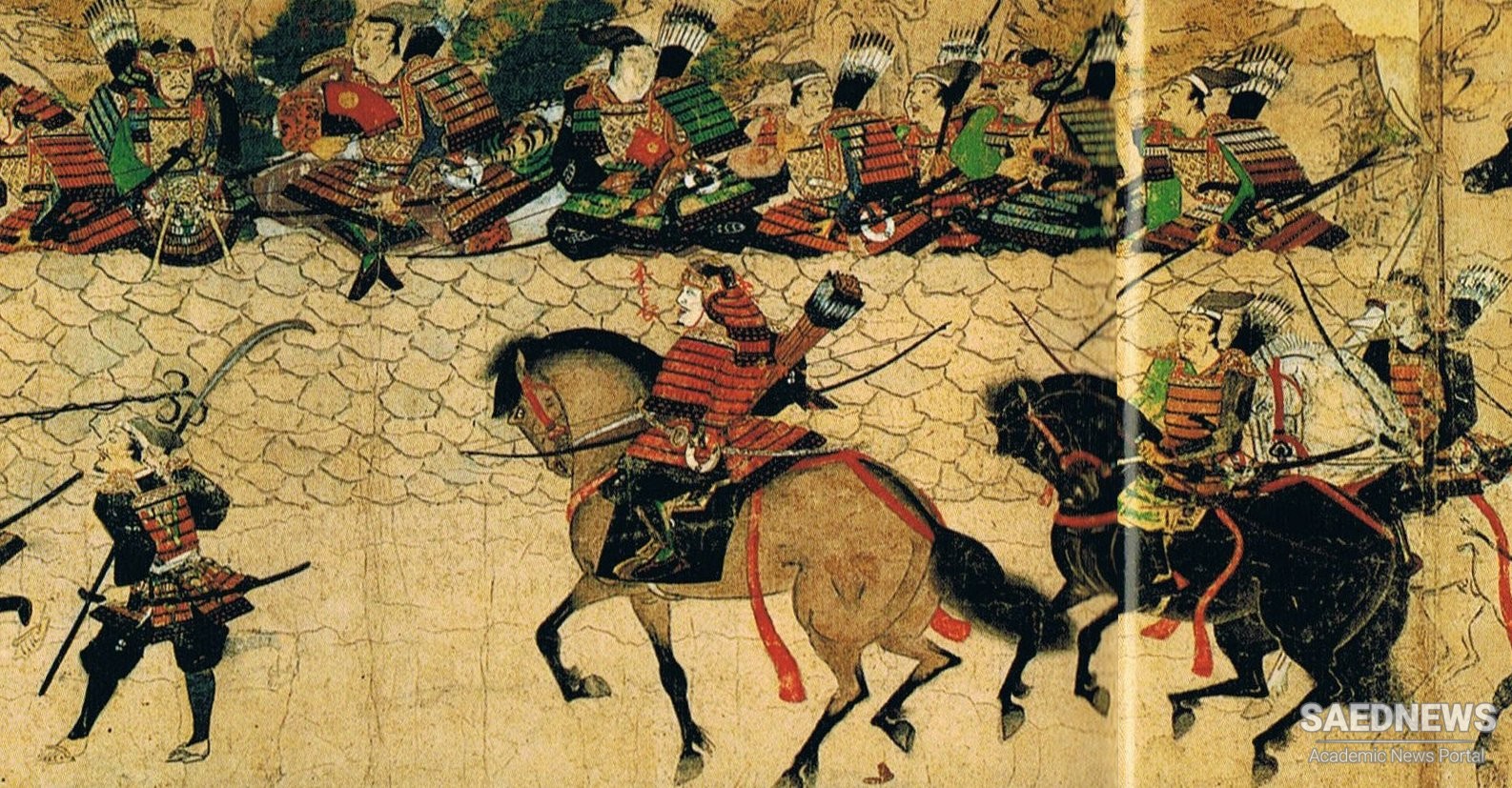Zartusht Bahram wrote Arda Viraz Nama, along with Changranghacha-nama, and Qissa-ya Umar Khattab va Shahzada-ya Iran-Zamin during the reign of Abaqa (1265-1282). He was wrongly held to be the author of Zartusht-nama, which he had in fact recopied as he considered it a pious deed to revive a story related to Zoroastrianism and the memory of its deceased author Kaykavus. Zartusht Bahram could relate to Kaykavus, as like him he wrote in difficult times. Kaykavus seems to have written his story during a period when Turkish dynasties were taking over the rulership of eastern Iran, and not long after the Caliph al-Radi had a leading Zoroastrian priest executed (cir. 935). Zartusht Bahramwitnessed the destruction wrought by the Mongol invaders. Both Kaykavus’ Zartusht-nama and Zartusht Bahram’s Arda Viraz Nama contain passages which reflect the political situation of the time. Iran was going to be delivered from its enemies and a Zoroastrian king would again occupy the throne.
Zartusht Bahram should have been all the more captivated by the Zartusht-nama as the text contained prophetic verses which predicted the Mongol invasion: From the country of the Turks, of Baikand, Khutlan and China, an army will invade Iran. The kingdom and the fortune of the rulers will come to an end, and the crown and the throne will fall to the hands of the vassals. They will gather considerable wealth and treasure, and will squander them utterly. In his Arda Viraz Nama, Zartusht Bahram laments over the situation of Iran in his time. The verses were written under Mongol rule, but the author cautiously avoids naming the new invaders: In the days of irreligion they flocked in their thousands, destroying without measure like demons. Lord, in this misadventure we are to be blamed in every way. As a result we have been tormented by demons, through the hands of irreligious Turks. From end to end, the world is turned into a cemetery; houses and possessions have been blended with corpses.
It is evident from this Arda Viraz Nama that the Zoroastrians were immensely afflicted by the Mongol invasion. Zartusht Bahram refers to them as irreligious Turks who turned the world into a field of corpses. As mentioned earlier, one of the last ancient fire temples, which according to Qazwini were extant in the 13th century, was apparently. destroyed by the Mongols when they passed through Karkuye in Sistan. 462 Thus, even if they were no longer under Muslim rule, Zoroastrians were still not benefiting from the security and good fortune gained by other non-Muslim communities under Mongol dominion. They had no protector among those in power. As we saw in our historical analysis of the period, there is no mention of any Zoroastrian official in the Mongol courts. Because of the fact that Zartusht Bahram wrote in the Arabic script, he found an audience beyond the Zoroastrian community. His works have been preserved along with the verses of Attar in manuscripts copied by Muslims for audiences in Bukhara.
Another important effect of the Mongol conquest had been the dissolution of the borders of Islamic lands in Asia, encouraging cultural exchange between Iran and the rest of the continent. Thus, Rustam Mihraban was able to visit India in 1269, which previously would have been difficult for a Zoroastrian. At that time, Gujarat had still not been integrated into the Persian cultural sphere, and thus Rustam Mihraban provided the Parsis with only Pahlavi manuscripts, which he copied himself. Fifty-four years later (in 1323), his great-great nephew Mihraban Kaykhusraw also travelled to India, and like his uncle copied texts from the Pahlavi literature for his Indian co-religionists. While, the two Zoroastrian travellers did not produce any work of their own, they nonetheless lay the foundation for further cultural contact between the Zoroastrians of Iran and India, who after the Tughluq’s conquest of Gujarat in the 15th century,465 adopted Persian as language of belles lettres.


 Tourism and Cultural Exchange: Interactive Nature of Tourism
Tourism and Cultural Exchange: Interactive Nature of Tourism














































